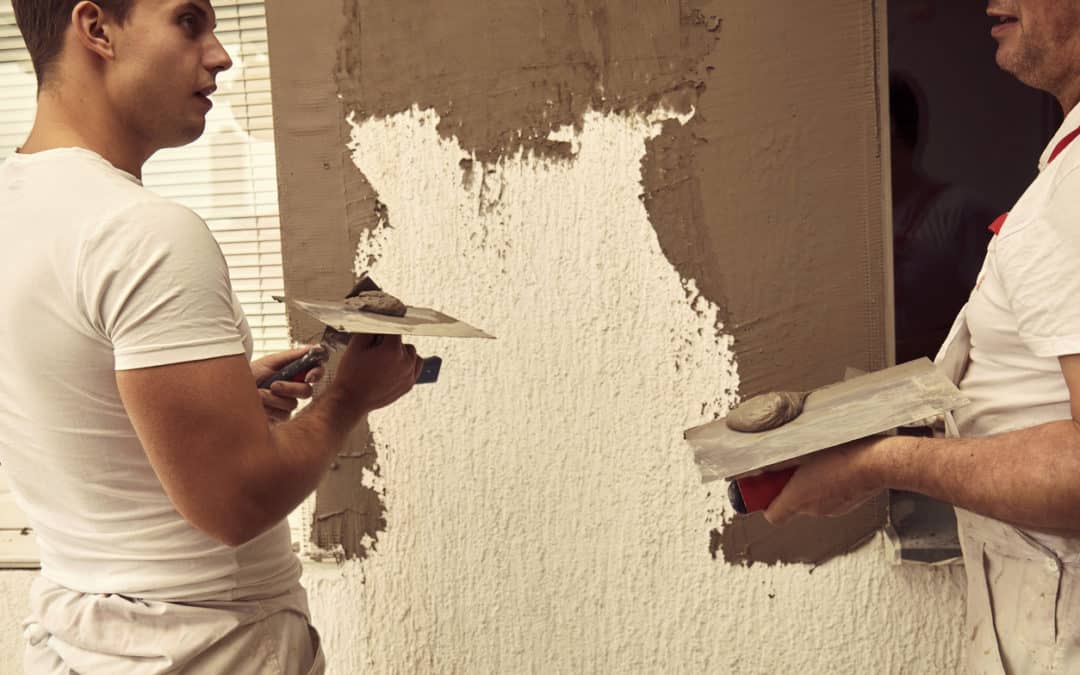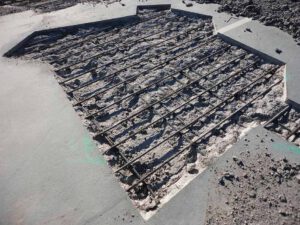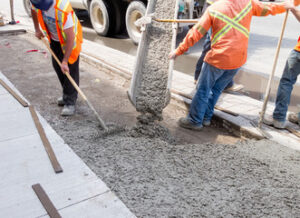Stucco Repair Philadelphia PA is a durable and long-lasting material that adds beauty to homes. Over time, however, stucco can develop cracks and other damage that requires repair.
Fortunately, you can fix small cracks and holes yourself using commercially available stucco patching materials (not caulk—it flexes differently than stucco and will exacerbate the problem). Start by assessing the condition of the metal mesh for proper adhesion.

Most building materials show cracks as they move, and stucco is no different. Even a small crack in the surface of a stucco wall should be addressed as soon as possible to prevent moisture buildup. This can lead to wood rot, mold, and other structural damage. The sooner you fill in the crack, the better, so you don’t have a bigger issue.
Stucco cracks can be divided into two types: static and dynamic. Static cracks are generally hairline in size, less than 1/16th inch, and tend to have a crazed pattern. On the other hand, dynamic cracks are usually larger and occur at points of movement in the structure, such as cold joints between poured concrete and wall framing or CMU blocks, intersections of vertical walls, and corners of wall openings like windows or doors.
There are several ways to repair stucco cracks, depending on their cause and severity. For hairline cracks, you can simply use a product found in your local hardware store to fill the crack and stop it from spreading.
If the crack is a bit deeper, you’ll need to prepare the area before applying the patch. You’ll need to cut a piece of house wrap to the size of the area that needs to be repaired, then secure it to the studs or sheathing with a staple gun. Make sure to overlap the wrap on the margins where you’ve left it intact, and seal around it with acrylic exterior caulk.
Once the area has been prepared, you can apply your stucco patch. It’s important to choose a quality stucco patch mix, either pre-mixed or conventional, that can be troweled on and that will dry quickly. You’ll also want to choose a color that blends well with the existing texture.
Another way to prevent cracks is by laying down a weather-resistant barrier under your stucco. This coating will help the cement tolerate extreme weather conditions and keep moisture away from the structure. It’s an inexpensive way to protect your home from damage caused by the elements.
Stucco can withstand the elements but over time stains may occur. Some stains are simply unsightly, but others indicate a problem with the stucco itself.
If you notice that your stucco is stained, acting quickly is important. If left untreated, staining can damage the surface of your stucco, leaving it vulnerable to more severe problems in the future. Many different things, including algae, mildew, rust, and dirt can cause stucco stains. Due to fading and the sun’s UV rays, stucco walls can also become discolored over time.
The best way to identify a potential staining problem with your stucco is by performing regular inspections of the exterior of your home. Look for small cracks around windows and doors as well as areas where the stucco meets the roof or ground. If you find any cracks or stains, contact a stucco repair contractor to assess the damage and make repairs as needed.
Cracks in your stucco are not only unsightly, but they can cause serious structural damage to your home if not treated immediately. If you notice hairline cracks or a spider-like pattern on your stucco walls, it is a good idea to have them assessed by a professional as soon as possible.
Depending on the size of the cracks and their location, it is likely that a full stucco repair will be required. This may involve replacing damaged sections of the wall or resurfacing your entire home. In some cases, simply repainting your stucco can be enough to restore its appearance and functionality.
Stucco repair is best performed by a masonry contractor that has experience working with this material. They can assess the damage, identify the underlying issue, and carefully repair it to prevent further damage.
There are some products on the market that can be used to repair minor cracks in stucco, but these can be dangerous to use yourself and are not always effective. A professional masonry contractor will use a liquid cement and sand mixture (called portland cement) to fill in these small cracks and holes. They will then apply a paintable patching plaster over the area.
Stains are not only unsightly, but they can also cause damage to your stucco if left untreated. They can also create a breeding ground for mildew, mold, and other unwanted organisms that can wreak havoc on your home. In addition, dark stains can devalue your property and chase away prospective buyers.
Staining is a common problem for many stucco homes and can be caused by a variety of things, such as grease, rust, soot, or other organic material. Often, these stains can be removed with a power washer or scrubbed using a soft-bristled brush, but if the stain is persistent you may need to use a chemical solution such as oxygen bleach.
Mold and mildew stains are another common issue that can quickly degrade your stucco and can be quite difficult to remove. If not addressed quickly, this can lead to significant cracks in your stucco. It’s important to do a thorough inspection of your stucco to make sure there are no other problems that need addressing.
Green algae, a type of fungus that thrives in our climate, can also appear on your stucco surfaces and cause an unattractive appearance. Fortunately, this can also be easily removed with a simple cleaning solution of water and dish soap. If the stains are especially stubborn, you can scrub them with a soft-bristled brush or even a power wash brush attachment.
Unlike a crack, a crack in a plaster surface is usually not a serious structural concern, but can still be unsightly and needs to be repaired as soon as possible. You can repair these cracks with a commercially available caulking product that is designed to match the shade of your stucco. Quikrete, for example, makes a sanded acrylic caulk that is easy to work with and matches most stucco textures. Once the crack is repaired, you can paint over it with a color that matches your stucco. To help prevent cracks in the future, you can take some preventive measures, such as installing gutters that properly channel rainwater away from your house.
Stucco is an attractive, long-lasting home exterior material that hides flaws, resists fungus, and regulates temperature naturally. However, just like any other wall material, it can suffer from water damage and leaks. Detecting and repairing these issues early can prevent problems from getting worse.
If you are noticing signs of moisture intrusion in your stucco, it is important to get these problems repaired right away. The longer you wait, the more likely it is that these problems will escalate into much more expensive repairs. Even a hairline crack can allow moisture straight through the water resistant barrier and into your home.
There are several ways to detect moisture problems in stucco, including visual inspections, a moisture meter, thermal imaging cameras, and pressure testing. It is also a good idea to have a building inspector examine the stucco and sealant on your home regularly to spot any potential issues before they become larger problems.
Water stains and discoloration are clear indications of water penetration in stucco. Mold and musty smells are also clues that there may be a water problem somewhere in your house. It is also a good idea to avoid painting stucco with standard paints, as these do not breathe and can trap moisture inside the waterproof barrier.
Remediation is a more extensive service than simple repairs, but it can save you money in the long run by fixing the underlying problem rather than just patching up the damaged stucco. It involves identifying what is causing the moisture, such as a leaky pipe or faulty plumbing, and treating that problem so that it doesn’t happen again.
In addition to addressing the root cause of the problem, remediation can also involve removing and replacing damaged sections of stucco and reinforcing areas of weakness. It can also include applying a water repellent to the surface of the stucco to help keep moisture out in the future. The cost of this service can vary significantly depending on the size of your home and extent of the damage, so be sure to discuss all of your options with a professional.



 Formwork is a framework that holds wet concrete until it sets, creating the shape of a structure. It can be permanent or temporary, and concrete contractors need to design a formwork system that balances quality, cost and safety. Formwork can be a major source of stress on construction sites and may need to be reinforced and braced to prevent collapse or damage to the concrete.
Formwork is a framework that holds wet concrete until it sets, creating the shape of a structure. It can be permanent or temporary, and concrete contractors need to design a formwork system that balances quality, cost and safety. Formwork can be a major source of stress on construction sites and may need to be reinforced and braced to prevent collapse or damage to the concrete.